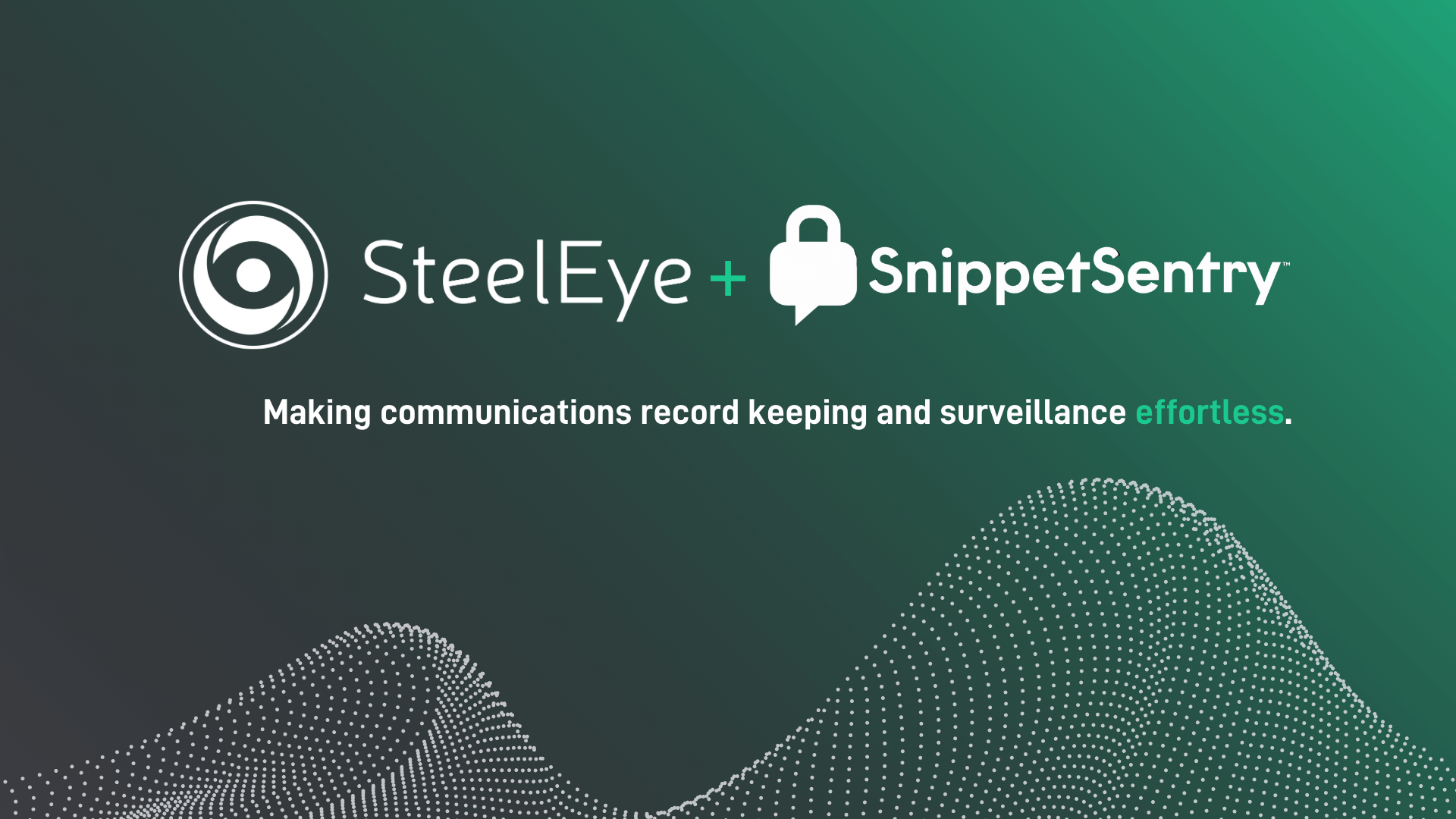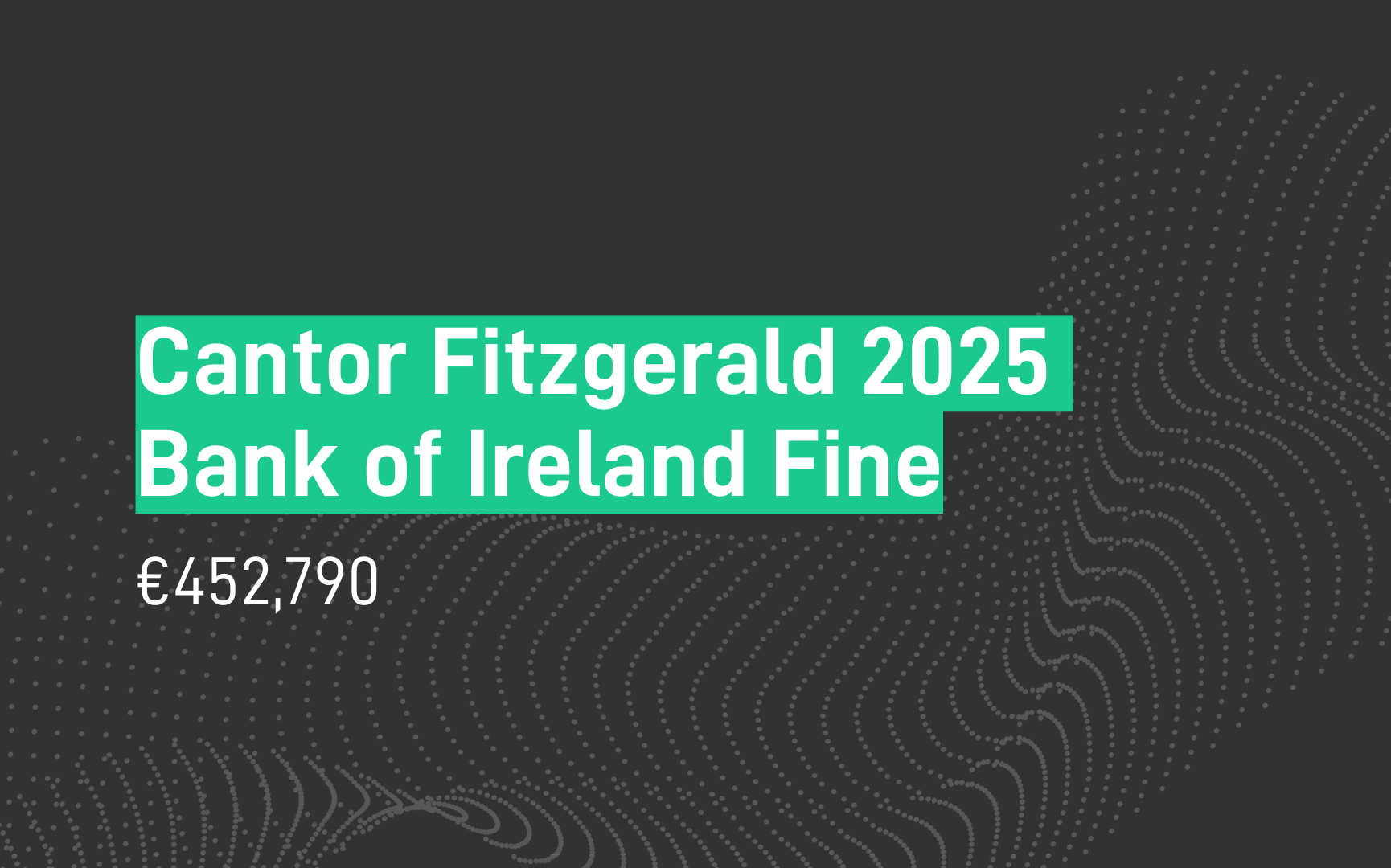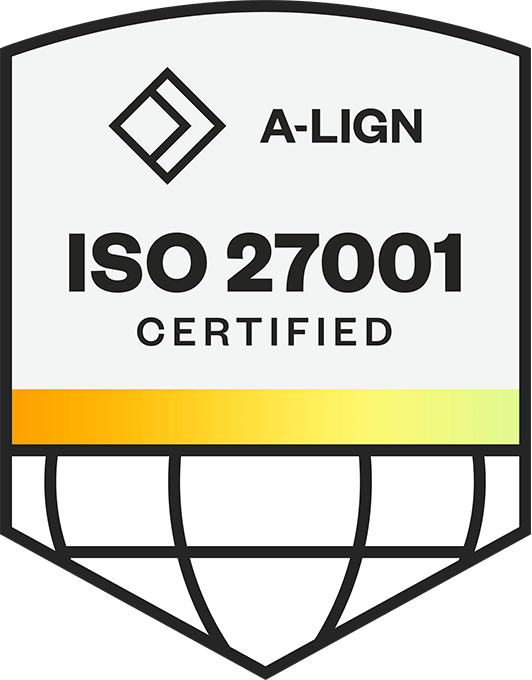It is no secret that financial firms across the spectrum have struggled to grapple with the influx of regulations over recent years. Just in 2018, more than 1,000 investment firms fell short of their transaction reporting obligations under MiFID II.
Poor, untimely and inadequate data has also been cited as a continuous challenge by the regulator. However, more recently the requirement to reconstruct the events surrounding a trade or order following a regulatory request has proven one of the more significant challenges among many wealth managers, banks, retail brokers and other Financial Institutions due to wide ranging data that needs to be consolidated in a short timeframe.
In this article, SteelEye CEO, Matt Smith, discusses the challenges financial firms face when being asked to recreate the conditions surrounding a particular trade or order. Matt also highlights the steps firms can, and should, take to prepare for such a request and outlines the benefits that can be gained from such an approach.
Background
Under Mifid II, Dodd Frank and other global regulations, trading firms are required to show evidence that they acted in accordance with their best execution policies by publishing regular reports and demonstrating continuous oversight and control. However, the regulator may also at any stage request that firms send them all the details surrounding a particular trade or order, or even every trade over a particular period of time.
Because of this requirement, firms need to capture and store all data and communications that could relate to a transaction (as prescribed by Article 16[7] of MiFID II), even if the transaction wasn’t completed, and have the ability to extract this information quickly.
However, considering the wide range of events that can relate to a single trade, including emails, calls, meetings, not to mention the actual trade details like the time and date stamp, asset classes traded or counterparties, it is no surprise that trade reconstructions are both complex and arduous.
Automatic Trade and Order Reconstruction
SteelEye makes trade reconstructions effortless — reducing the risk of regulatory scrutiny for firms and personal liability for senior managers.
LEARN MORE
Further, as it stands most financial institutions manage their data across a multiple platforms, including order management, trading, compliance and CRM systems. While these different platforms make up the information needed for trade reconstructions, and individually meet the regulatory record keeping obligations, they traditionally do not communicate. Add to that the fact that many of these operations are often completed by multiple people, and bringing together all the relevant data for a trade reconstruction is prohibitively difficult.
As a result, it can take several days for a firm to audit, identify and export the relevant information requested by the regulator. And while the FCA stipulates that a trade reconstruction needs to be completed within a “reasonable time-frame”, firms are often only given only 72 hours – a deadline only few are able to meet.
With the FCA crackdown on poor compliance clearly escalating, with UBS and Goldman Sachs fined £27.6m and £34m respectively for misreporting their transactions this year as a case in point, firms simply cannot afford to be on the back burner.
Getting the right systems in place
The good news, however, is that the regulator is willing to be somewhat forgiving, insofar as a clear attempt has been made. The priority for firms is therefore to get their houses in order by putting the right systems in place and communicating openly with the regulator to inform them of the efforts made.
The important thing for firms when considering their regulatory processes is finding a solution that can bring together an array of data from disparate sources and index that data on a centralised repository.
But this isn’t just exclusive to trade reconstruction requirements. Being able to easily retrieve and audit a range of data from different trading and order systems, communications platforms, market data and news sources is now an essential requirement for several regulatory regimes. By taking the steps now to unify all data, there are additional benefits that span the whole financial regulation landscape. So by harnessing and investing in technology and platforms that can support firms and manage their data under one lens, Financial Institutions have an opportunity to effortlessly meet all their regulatory needs under one system.

Beyond compliance
Benefits of consolidating and bringing together previously dormant regulatory and financial data go beyond mere compliance and allow firms gain a whole new level of insight into how their business operates day-to-day. This can help forecast and predict patterns of behaviours, establish what does and does not work and ultimately help firms achieve improved efficiency, profitability and performance.
The regulator may at any point request from any regulated firm a tape of the details surrounding a trade or order. This is an eventuality all firms need to prepare themselves for but is difficult to get right. As with most regulatory demands, data management is a significant challenge, but by investing in processes and platforms that allow for easy consolidation and mapping of regulatory and financial information from multiple sources, firms can future proof themselves for regulatory trade reconstruction requests and regulatory change - with benefits that span well beyond compliance.
Simplify your compliance and generate value from your data with SteelEye.
Our data-centric SaaS platform consolidates all your data, both structured and unstructured, under a single lens and facilitates effortless compliance with MiFID II, MAR, EMIR, Dodd-Frank and more.
Book a Demo

.jpg)









